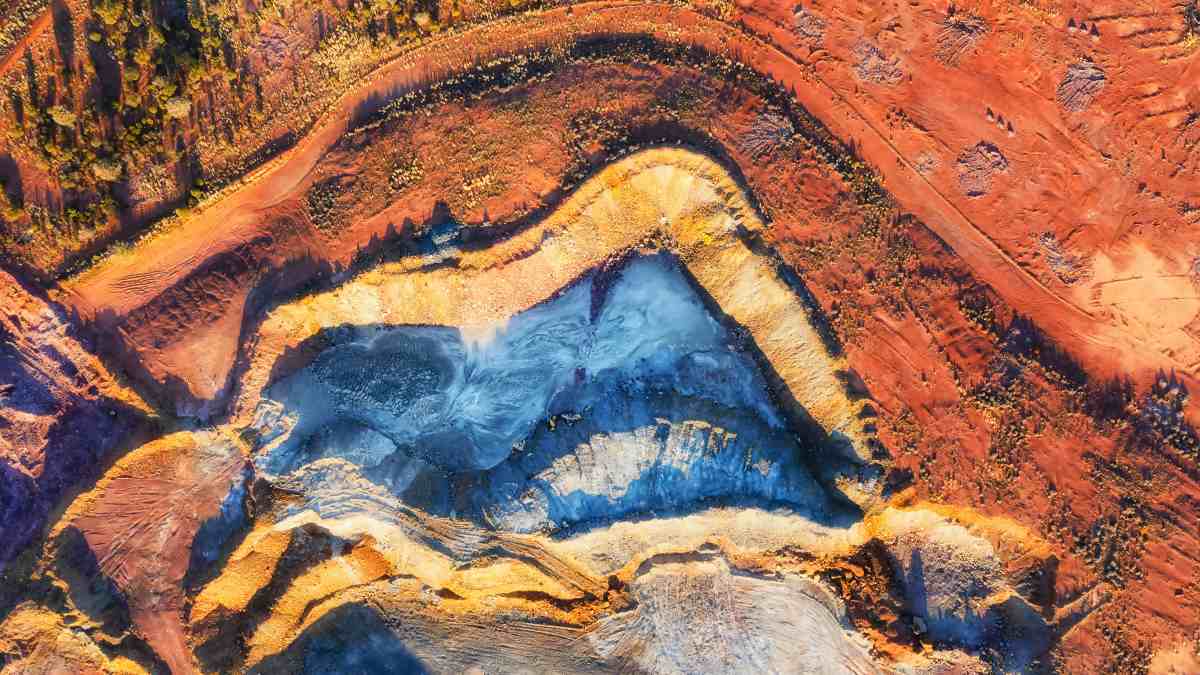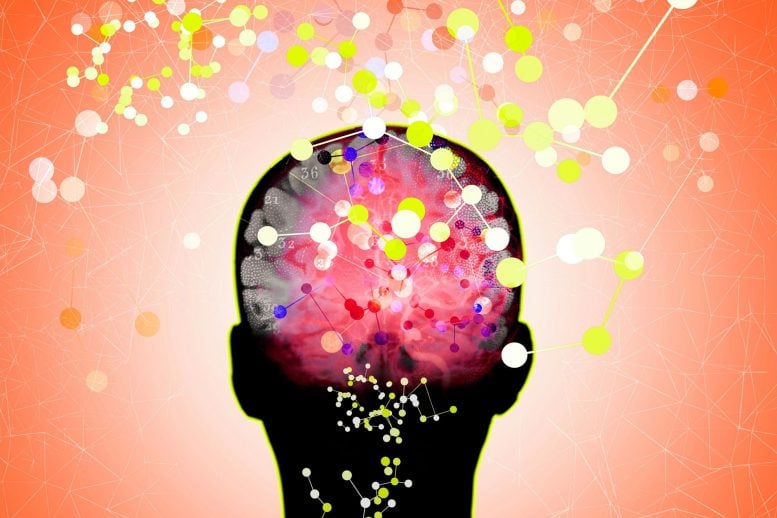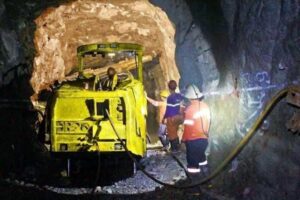Physicists have mathematically demonstrated that there may be particles in the universe that have long been thought impossible.
Quantum mechanics research 100 years ago showed that all particles can be categorised into 1 of 2 groups: bosons and fermions. Which group they fall into depends on how the particles behave when near other particles in a given quantum state.
The new study published in Nature suggests the potential existence of a third group of “paraparticles”.
Bosons – like photons and the Higgs boson – obey Bose-Einstein statistics. An unlimited number of bosons can exist in the same quantum state.
Fermions – like electrons and quarks – are governed by Fermi-Dirac statistics. This means that only one fermion can be in a given quantum state. It’s this behaviour of fermions, called the Pauli exclusion principle, which determines the structure of the periodic table and is “why you don’t just go through your chair when you sit down”, says author Kaden Hazzard from Rice University in the USA.
“We determined that new types of particles we never knew of before are possible,” says Hazzard.
Physicists began wondering if paraparticles could exist in the 1930s and 1940s. A quantum theory for these particles was formulated in 1953.
Mathematical studies showed that almost all potential paraparticles were actually bosons or fermions and were based on assumptions which aren’t true in nature.
Hazzard and former Rice graduate student Zhiyuan Wang explored the possibility of paraparticles in quasiparticles – excitations in materials which have the same mathematical properties as particles.
“Particles aren’t just these fundamental things,” explains Hazzard. “They’re also important in describing materials.”
Hazzard and Wang found models of condensed matter systems where paraparticles emerge. They did so using advanced mathematics, such as Lie algebras, Hopf algebras and representation theory, as well as a pictorial method based on something known as tensor network diagrams to better handle equations.
While the research is an important development in the search for paraparticles, the researchers stress the need for concrete evidence. But detecting paraparticles in a lab could take a while.
“To realise paraparticles in experiments, we need more realistic theoretical proposals,” says Wang.









Leave a Comment